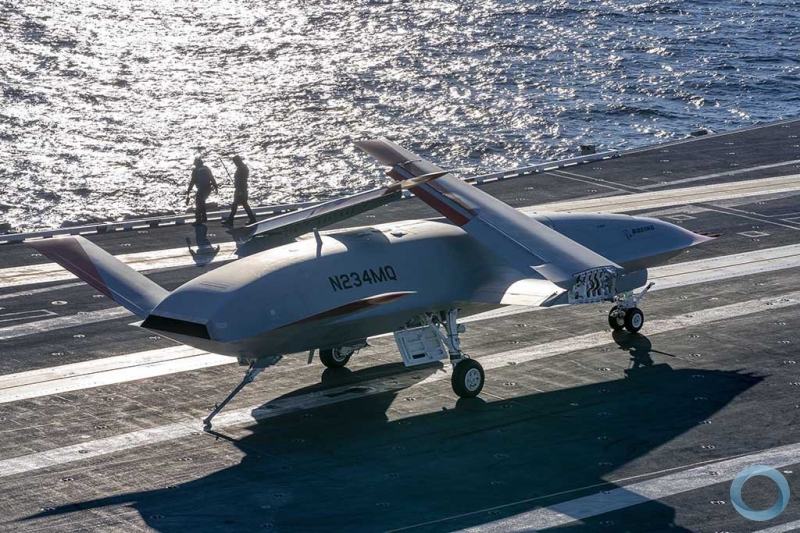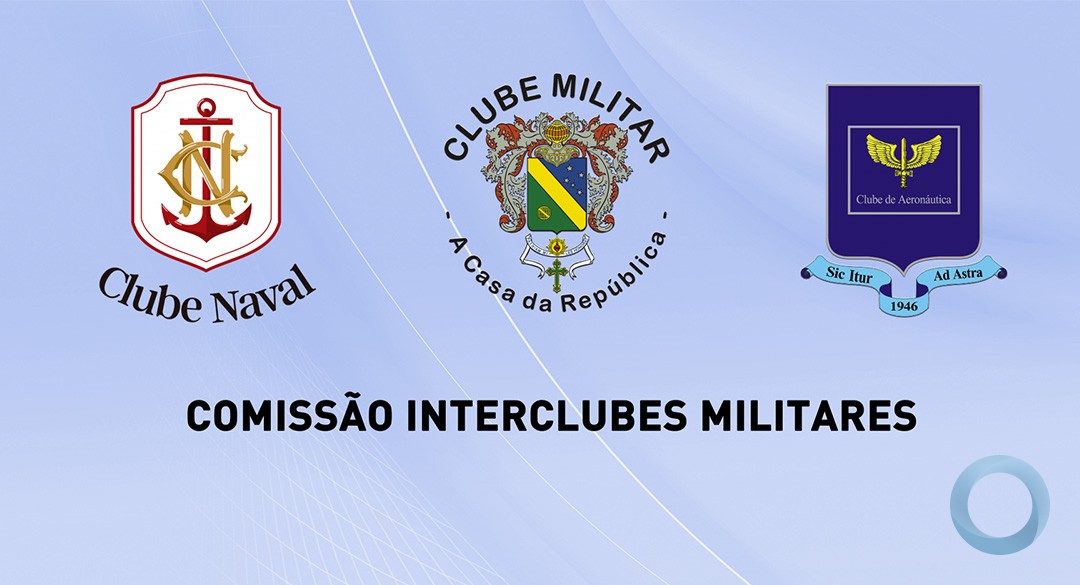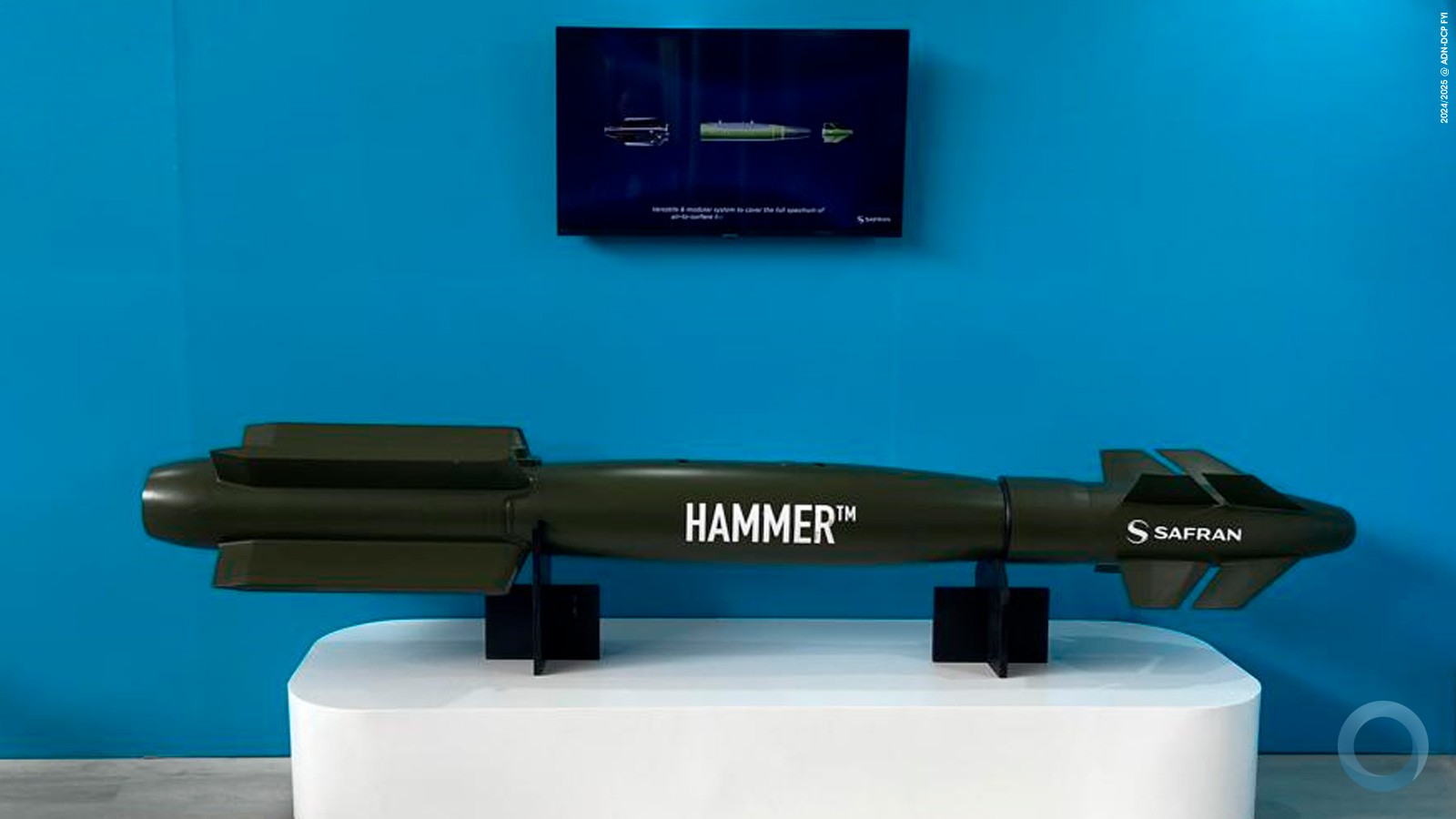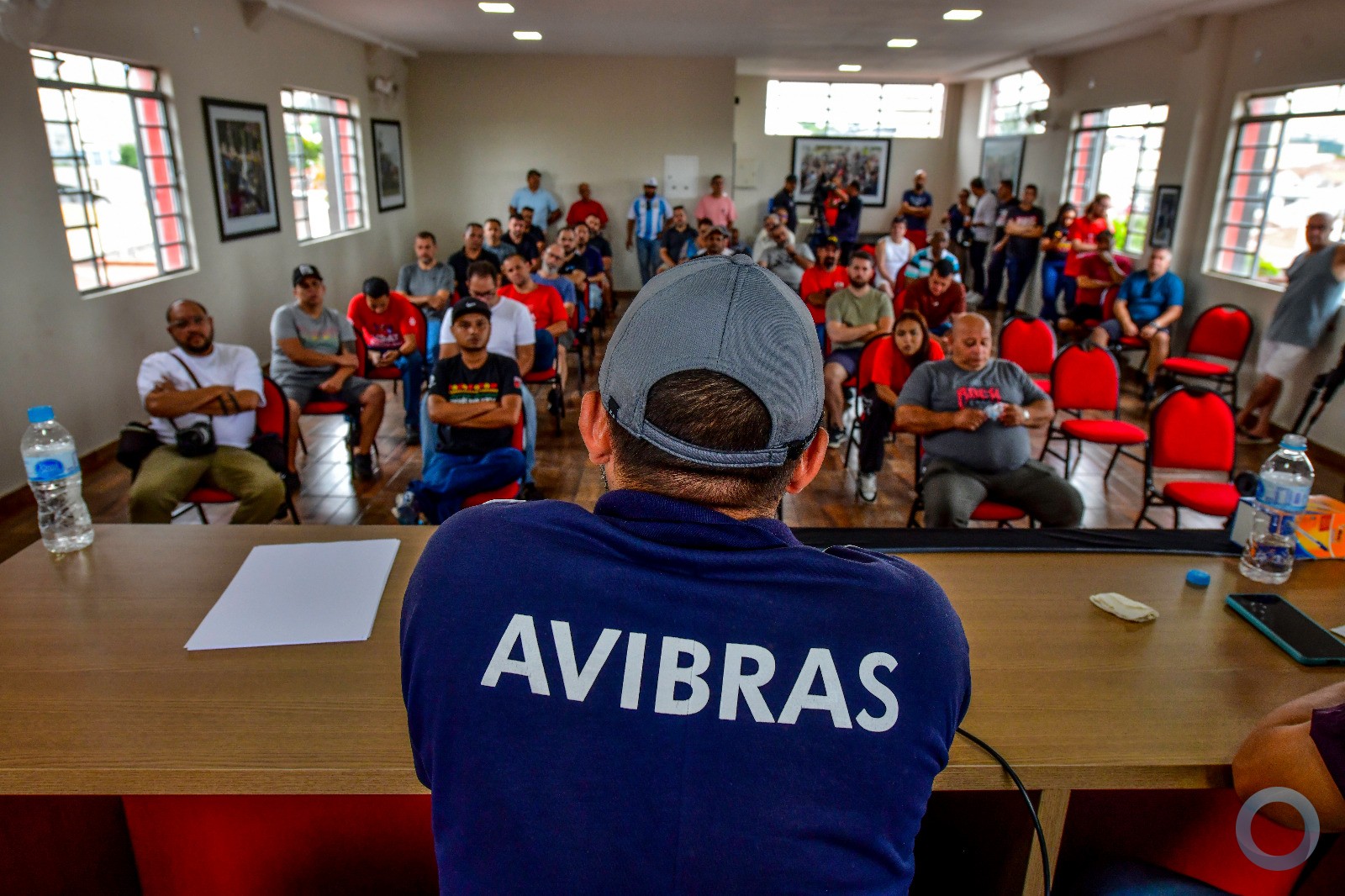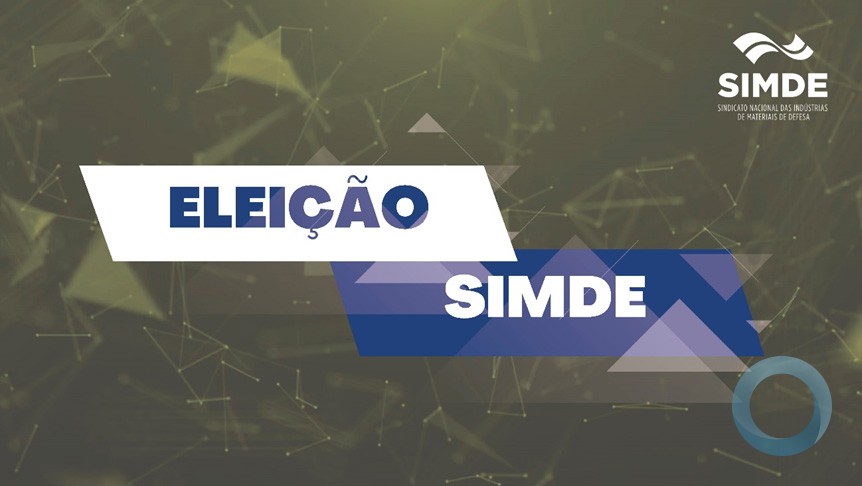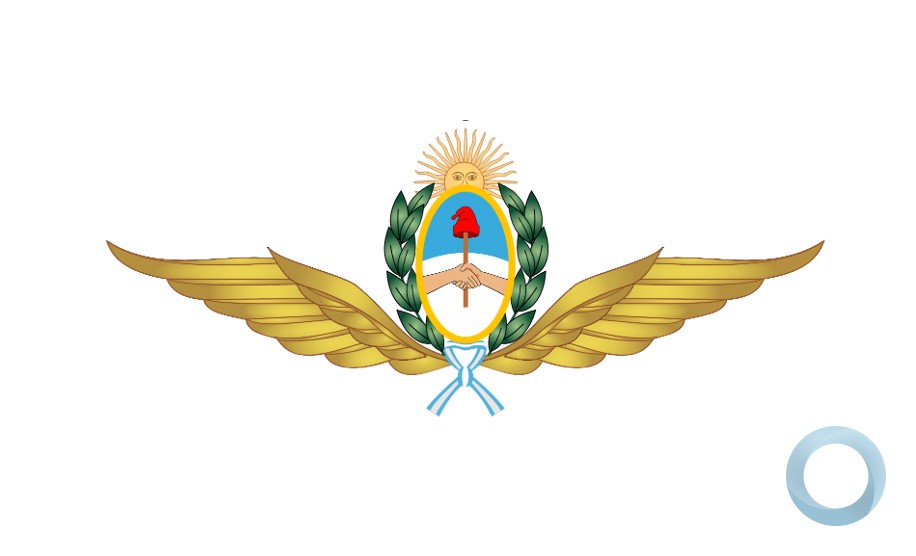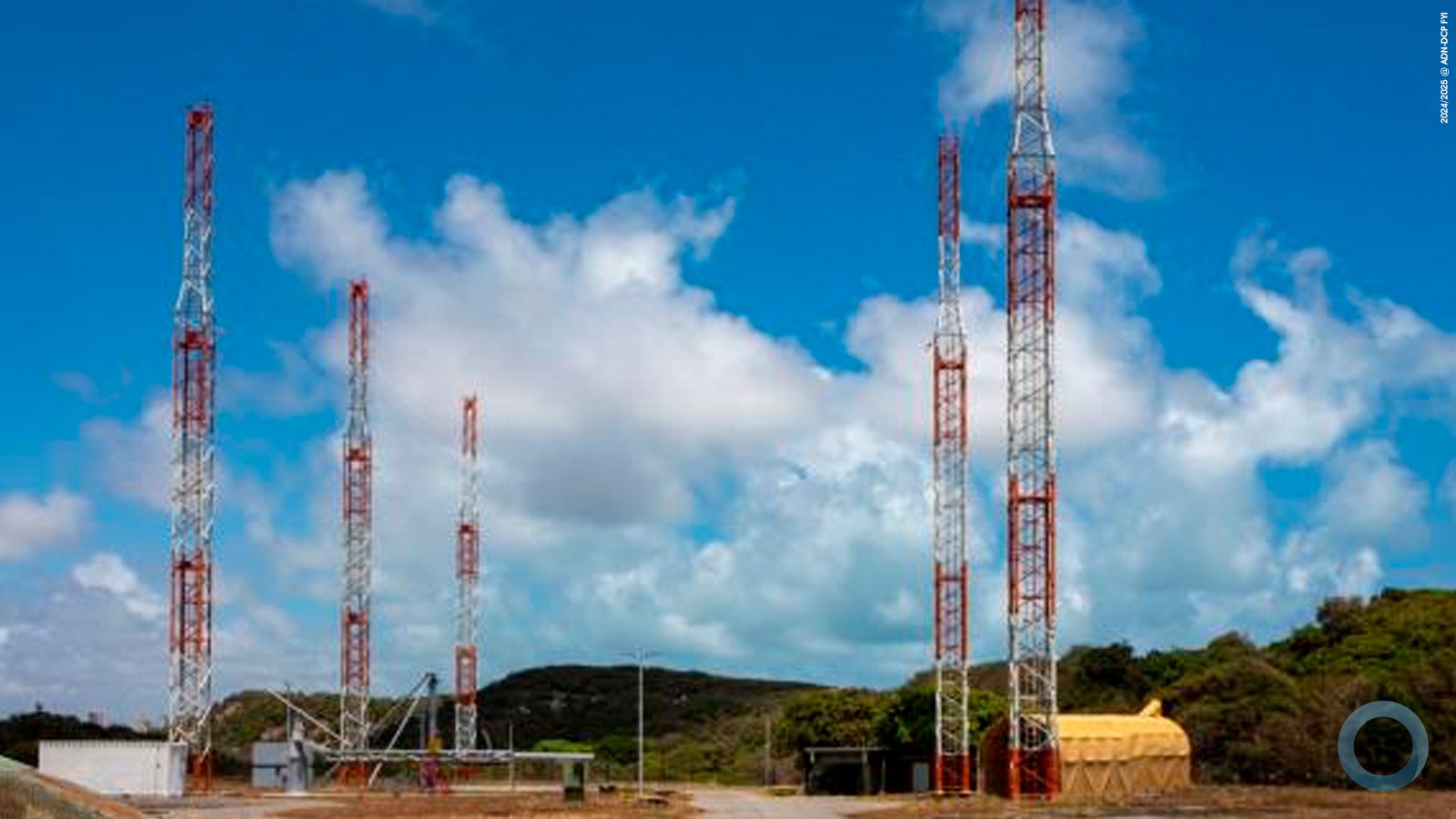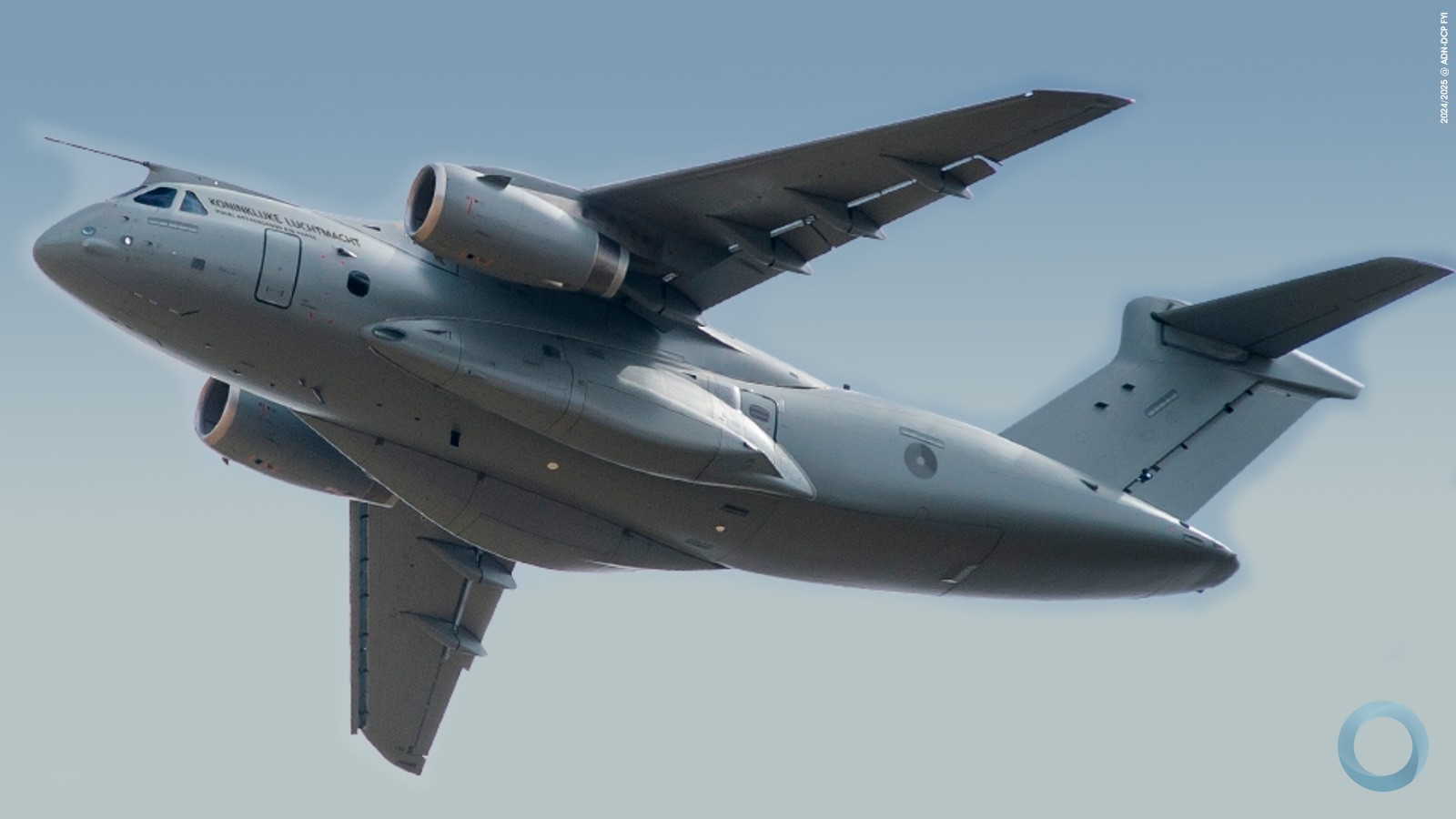Andréa Barretto
Underwater robots, a plankton net, and a deep-sea scanner are some of the equipment that make the Hydro-Oceanographic Research Ship, Vital de Oliveira, the most modern of Brazil's science ships.
Delivered to the Navy on July 23, the vessel is undergoing its final phase of testing and crew training in August and September before it’s ready to fulfill its mission: monitoring and preparing physical, chemical, biological, and environmental descriptions of ocean areas of strategic importance for the exploration of natural resources.
This collection of marine data will be important for civilian purposes – such as searching for oil – and for Military use, like “creating more complete nautical maps used to improve navigational security and to support Naval operations,” said Vice Admiral Antonio Reginaldo Pontes Lima, Jr., director of the Navy's Directorate of Hydrography and Navigation.
Testing sophisticated technology
Before the Vital de Oliveira becomes active, Naval officials must complete testing on four technologically advanced devices: the Remotely Operated Vehicle (ROV); a seabed sampling tool; a sound velocity in-water profiler; and a satellite communications system. Everything will be tested by the crew through the end of September while the Vital de Oliveira navigates Rio de Janeiro’s coast.
Naval authorities and scientists have great expectations for the ROV, an underwater robot that can reach a depth of 4,000 meters and features a video camera, sonar, and pincers, which enable it to collect materials from the seabed with great precision. The Vital de Oliveira is also outfitted with a laboratory exclusively for the robot, the space of which serves as a command module where the robot is controlled and where service members can view images it captures in real time.
The ship has two other two laboratories – a “dry lab,” which has computers and data-processing resources, and a “wet lab,” which is equipped to analyze samples of sea water from the seabed and subsoil.
Boosting the Navy’s scientific capacity
The ninth ship in the Brazilian Navy’s Directorate of Hydrography and Navigation fleet, the Vital de Oliveira is noteworthy for its size – it's 78 meters long with room for 90 crew members and 40 researchers – and for its equipment, as it has 28 devices or systems, well above the four-to-nine on most of the fleet’s other ships.
Almost half of the equipment on the new ship – like the underwater robot, the seabed sampling tool, the plankton net, and the wave measurement device – are rare in the Navy’s science fleet because they aren’t routinely used by the Hydrography and Navigation Directorate, or were never before available.
The seabed sampling tool operates at a depth of up to 8,000 meters (4,000 meters more than the ROV) and differs from the underwater robot because it’s launched at sea, from where it drops straight to the ocean floor, while the ROV navigates underwater. Still, the sampling tool has the advantage of penetrating up to 12 meters into the seabed subsoil, a capability that’s important in searching for petroleum or other mineral resources.
Researchers have already used the plankton net to collect phytoplankton and zooplankton – organisms analyzed in oceanographic biological research to help authorities identify the richest areas for fishing. The wave measurement devices calculate the height, periods, and direction of waves and will be used to identify water behaviors.
“For example, if there were an oil spill, we would be able to better understand the behavior of the waters in that area, in what direction the waves would travel, etc.,” Vice Adm. Pontes Lima explained.
Boosting the economy
The Vital de Oliveira’s technological capabilities will help maximize maritime economic opportunities.
According to the United Nations Convention on the Law of the Sea, all coastal states have rights over an exclusive economic zone, which encompasses the waters superjacent (lying above or upon) to the seabed and its subsoil up to 200 nautical miles (approximately 370 kilometers). The convention also allows states the right to exploit the seabed and its subsoil along the extent of the area, provided the nation uses data to prove its continental shelf extends more than 200 nautical miles.
“What the country manages to demonstrate becomes part of its sovereign territory,” Vice Adm. Pontes Lima said. ”Research conducted by the Vital de Oliveira will undoubtedly contribute to expanding the zone of Brazil’s sovereignty at sea.”
The Vital de Oliveira’s management committee, responsible for drafting the vessel’s plan of work, hasn’t determined the priority studies for the ship’s first scientific mission, which is scheduled for October. The committee will be comprised of four participants from the agencies in the agreement authorizing the ship’s acquisition: the Ministry of Defense; the Ministry of Science, Technology, and Innovation; state oil company Petrobras; and Brazilian mining company Vale.
The name Vital de Oliveira was chosen to christen the science ship in honor of Cmdr. Manuel Antônio Vital de Oliveira, who perished in the Paraguayan War in 1867. However, his feats in hydrography were recognized with awards such as the French National Order of the Legion of Honor, the Portuguese Military Order of Christ, and the Italian Order of Saints Maurice and Lazarus.








